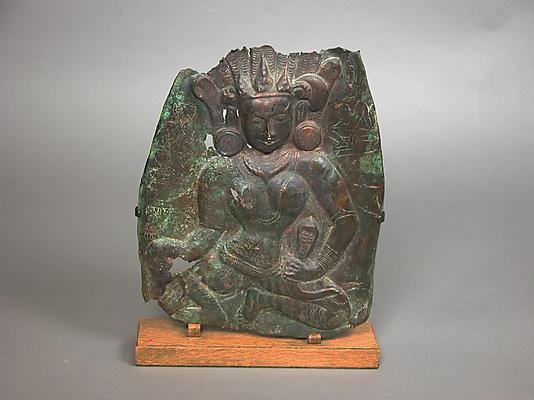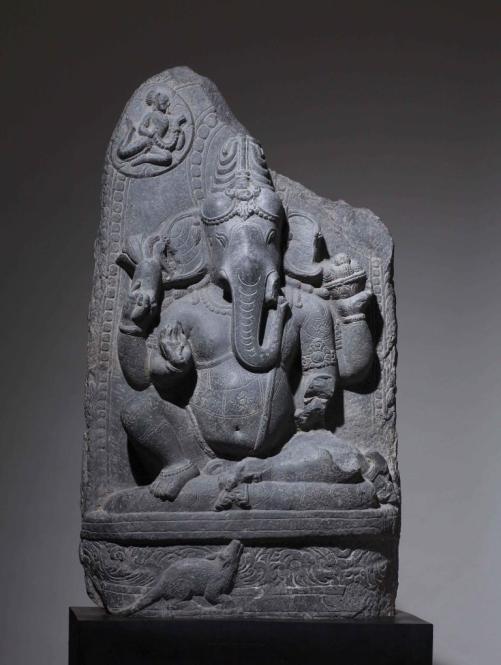2011.499

Object Title
The Hindu Goddess Manasa Plaque
Measurements
H. 11 in. (28 cm)
Creation Date
11th century, Late Pala period
Credit Line
Purchase, Frederick J. C. and Marie Claude Butler Gift and Gift of Mrs. W. J. Calhoun, by exchange, 2011
Museum Name
Country of Origin
Object Type
Materials / Techniques
Object URL
http://www.metmuseum.org/Collections/search-the-collections/60051132
Provenance Information
Acquired by Simon Digby (b. 1932 – d. 2010) before 1985; Digby collection sold after Digby’s death by John Siudmak, London.
Exhibition Information
None.
Publication Information
John Siudmak Asian Art. Indian and Himalayan Sculpture and Thankhas from the Collection of the Late Simon Digby, New York, March 2011, no. 7 (sale catalogue).
Section of the AAMD Guidelines relied upon for the exception to 1970
Cumulative facts and circumstances
Explain why the object fits the exception set forth above
The work has provenance established to 1985. Simon Digby, who was born in India to English parents, was a former curator of the Ashmolean Museum and later an independent scholar. John Siudmak has confirmed that he mounted this work for Simon Digby shortly before Simon Digby moved to Jersey in 1985. The work is exceptionally rare and would add considerably to the Museum’s collection because it represents a deity rarely seen in museum collections. Very few medieval stone images of Manasa are recorded and this is the only known repousee metal example.
